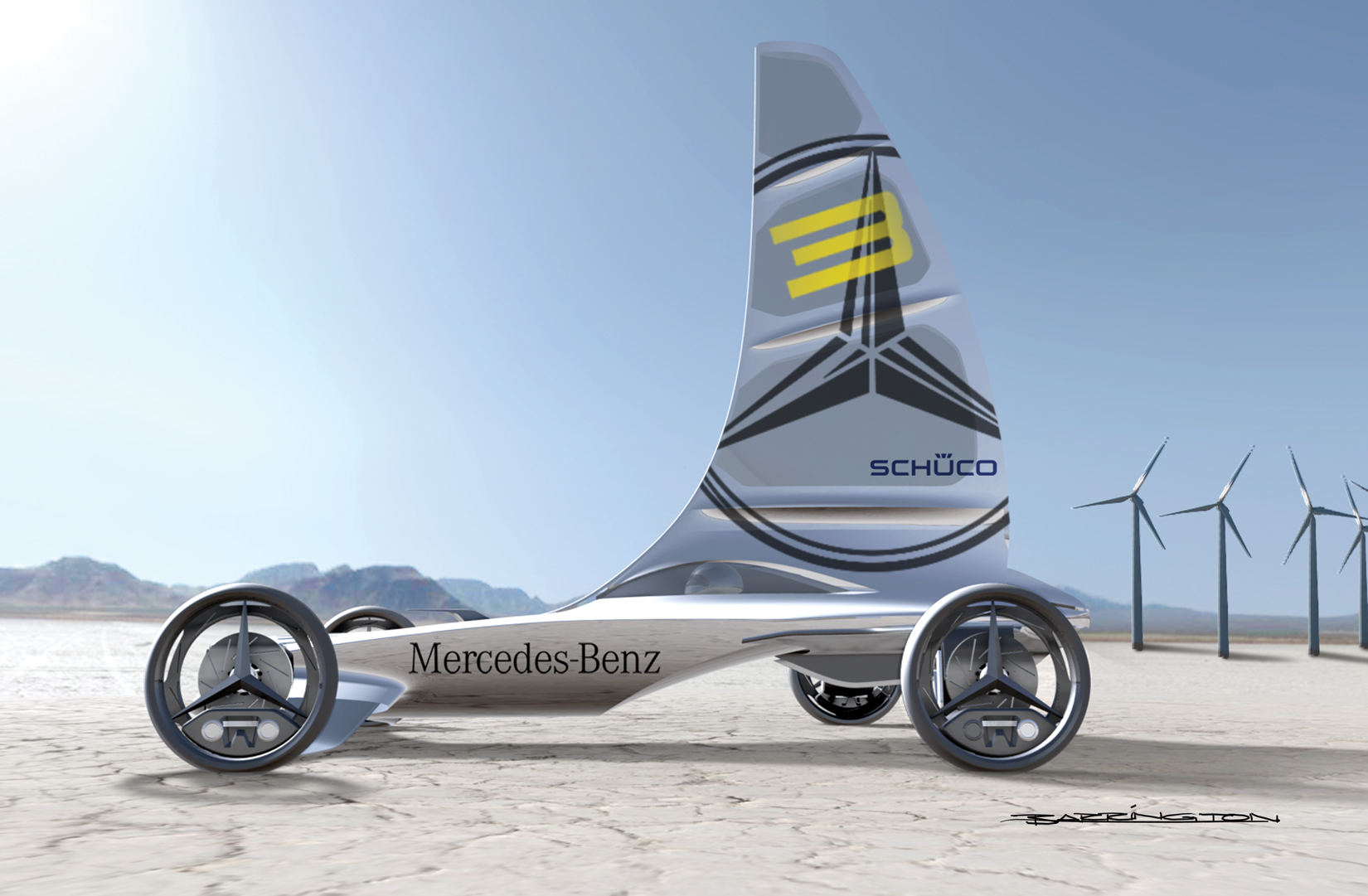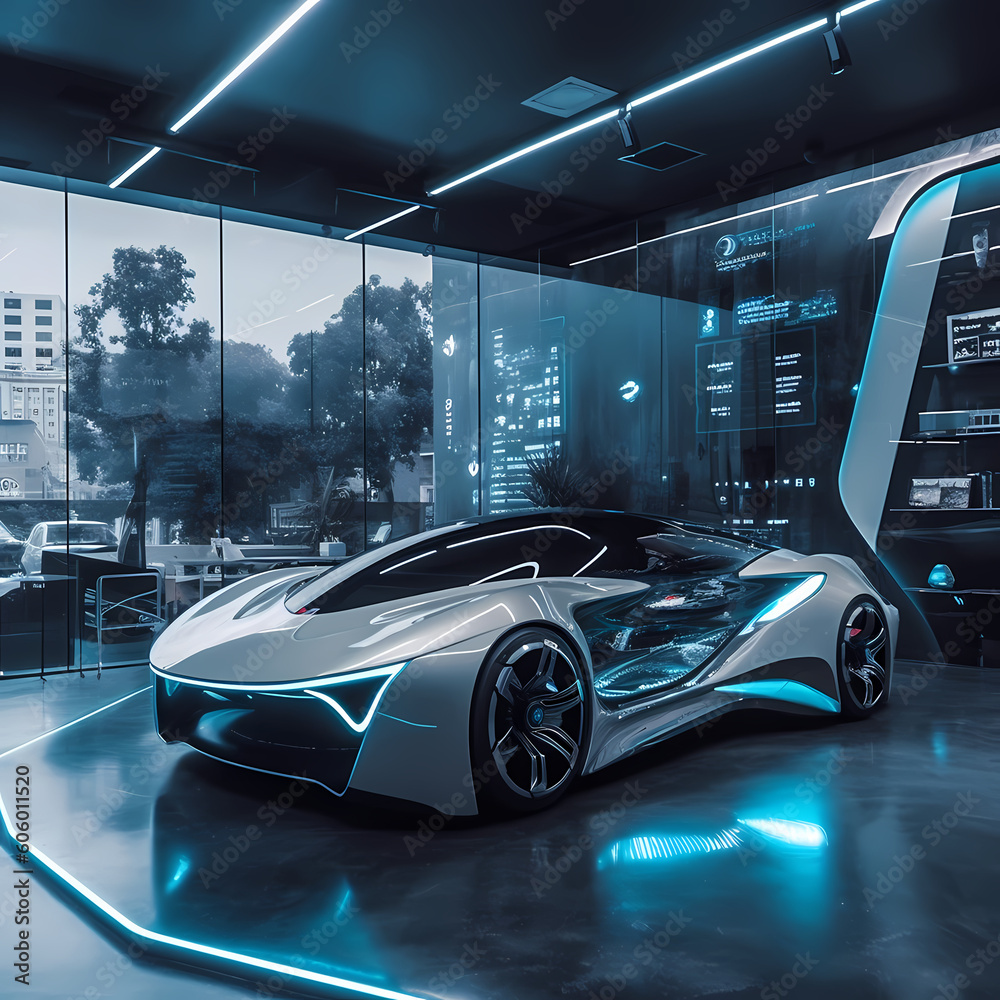Navigating The Future: A Glimpse Into The Automobiles Of 2025
Navigating the Future: A Glimpse into the Automobiles of 2025
Navigating the Future: A Glimpse into the Automobiles of 2025
Introduction
In this auspicious occasion, we are delighted to delve into the intriguing topic related to Navigating the Future: A Glimpse into the Automobiles of 2025. Let’s weave interesting information and offer fresh perspectives to the readers.
Table of Content
Navigating the Future: A Glimpse into the Automobiles of 2025

The automotive industry is in the midst of a paradigm shift, propelled by technological advancements and a growing demand for sustainability. The cars of 2025 are poised to be vastly different from their predecessors, offering a glimpse into a future of enhanced safety, efficiency, and connectivity.
The Rise of Electric Vehicles (EVs)
At the forefront of this transformation stands the electric vehicle. By 2025, EVs are expected to be a significant presence on roads worldwide. The rapid development of battery technology, coupled with increasing government incentives and consumer awareness of environmental concerns, has paved the way for a widespread adoption of EVs.
Beyond Electric: Fuel Cell and Hybrid Technologies
While EVs are making headlines, other alternative fuel technologies are also gaining traction. Fuel cell vehicles, powered by hydrogen, offer a compelling alternative with zero tailpipe emissions. These vehicles boast longer ranges and faster refueling times compared to EVs, making them a potential solution for long-distance travel. Hybrid vehicles, combining electric motors with traditional internal combustion engines, provide a balanced approach, offering fuel efficiency and reduced emissions without sacrificing performance.
Autonomous Driving: A Reality on the Horizon
The promise of autonomous driving is moving closer to reality. By 2025, Level 3 and Level 4 autonomous vehicles are expected to be commercially available in certain regions. These vehicles can handle most driving tasks, allowing passengers to relax or engage in other activities while the car navigates itself. While fully autonomous vehicles (Level 5) may still be a few years away, the advancements in sensor technology, artificial intelligence, and mapping systems are paving the way for a future where cars drive themselves.
Connectivity and Information: The Connected Car
The cars of 2025 will be seamlessly connected to the digital world. Advanced telematics systems will provide real-time information about traffic conditions, weather, and potential hazards. Passengers will be able to access entertainment systems, navigate with ease, and even order food or schedule appointments directly from their car. This connected ecosystem will improve the driving experience, enhance safety, and provide a platform for innovative services.
Safety Features: Redefining the Driving Experience
Safety is paramount in the future of automobiles. Advanced driver-assistance systems (ADAS) will become commonplace, providing features like adaptive cruise control, lane departure warning, automatic emergency braking, and blind spot monitoring. These systems will help drivers avoid accidents and make driving safer for everyone.
The Importance of Sustainability: Towards a Greener Future
The transition towards electric and alternative fuel vehicles is a crucial step towards a greener future. By reducing dependence on fossil fuels, these vehicles will contribute to cleaner air and a healthier planet. Furthermore, the development of sustainable materials and manufacturing processes will further minimize the environmental impact of the automotive industry.
FAQs about Future Cars in 2025
1. What are the main types of cars expected in 2025?
The automotive landscape in 2025 is likely to be dominated by electric vehicles, with fuel cell and hybrid technologies also gaining significant traction. Traditional internal combustion engines will still be present, but their market share is expected to decline.
2. Will autonomous driving be widely available in 2025?
While fully autonomous vehicles (Level 5) may not be widespread, Level 3 and Level 4 autonomous vehicles are expected to be commercially available in certain regions. These vehicles will handle most driving tasks, offering a glimpse into the future of driverless transportation.
3. How will connectivity impact the driving experience?
Connected cars will provide real-time information about traffic, weather, and potential hazards, enhancing safety and convenience. Passengers will also enjoy access to entertainment systems, navigation, and other services directly from their car.
4. What are the benefits of electric vehicles?
Electric vehicles offer zero tailpipe emissions, contributing to cleaner air and a healthier environment. They are also generally quieter than traditional vehicles and boast impressive fuel efficiency.
5. What are the challenges associated with the adoption of electric vehicles?
The adoption of EVs is still facing challenges, including limited charging infrastructure, high initial costs, and battery range anxiety. However, ongoing research and development, coupled with government incentives and growing consumer awareness, are addressing these challenges.
Tips for Preparing for the Future of Cars
1. Stay Informed: Keep up-to-date with the latest developments in automotive technology. Read industry publications, attend conferences, and explore online resources to understand the changing landscape of the car industry.
2. Consider Your Needs: Evaluate your driving habits, commute distance, and budget to determine the best type of car for your needs. Consider the benefits and limitations of different technologies, such as electric, hybrid, or fuel cell.
3. Explore Charging Options: If you are considering an electric vehicle, familiarize yourself with charging options in your area. Investigate public charging stations, home charging solutions, and the availability of charging infrastructure in your community.
4. Embrace Safety Features: Familiarize yourself with advanced driver-assistance systems (ADAS) and their benefits. Explore features like adaptive cruise control, lane departure warning, and automatic emergency braking to enhance your driving safety.
5. Be Open to Change: The automotive industry is constantly evolving. Embrace new technologies and be open to the changes they bring. Stay adaptable and informed to navigate the future of transportation with confidence.
Conclusion
The cars of 2025 represent a significant departure from the traditional automobile. Advancements in electric vehicles, autonomous driving, connectivity, and safety features are transforming the way we drive, interact with our vehicles, and experience the world around us. By embracing these innovations, we can move towards a future of safer, more sustainable, and more connected transportation. The journey towards the future of cars is underway, and the possibilities are truly exciting.








Closure
Thus, we hope this article has provided valuable insights into Navigating the Future: A Glimpse into the Automobiles of 2025. We hope you find this article informative and beneficial. See you in our next article!